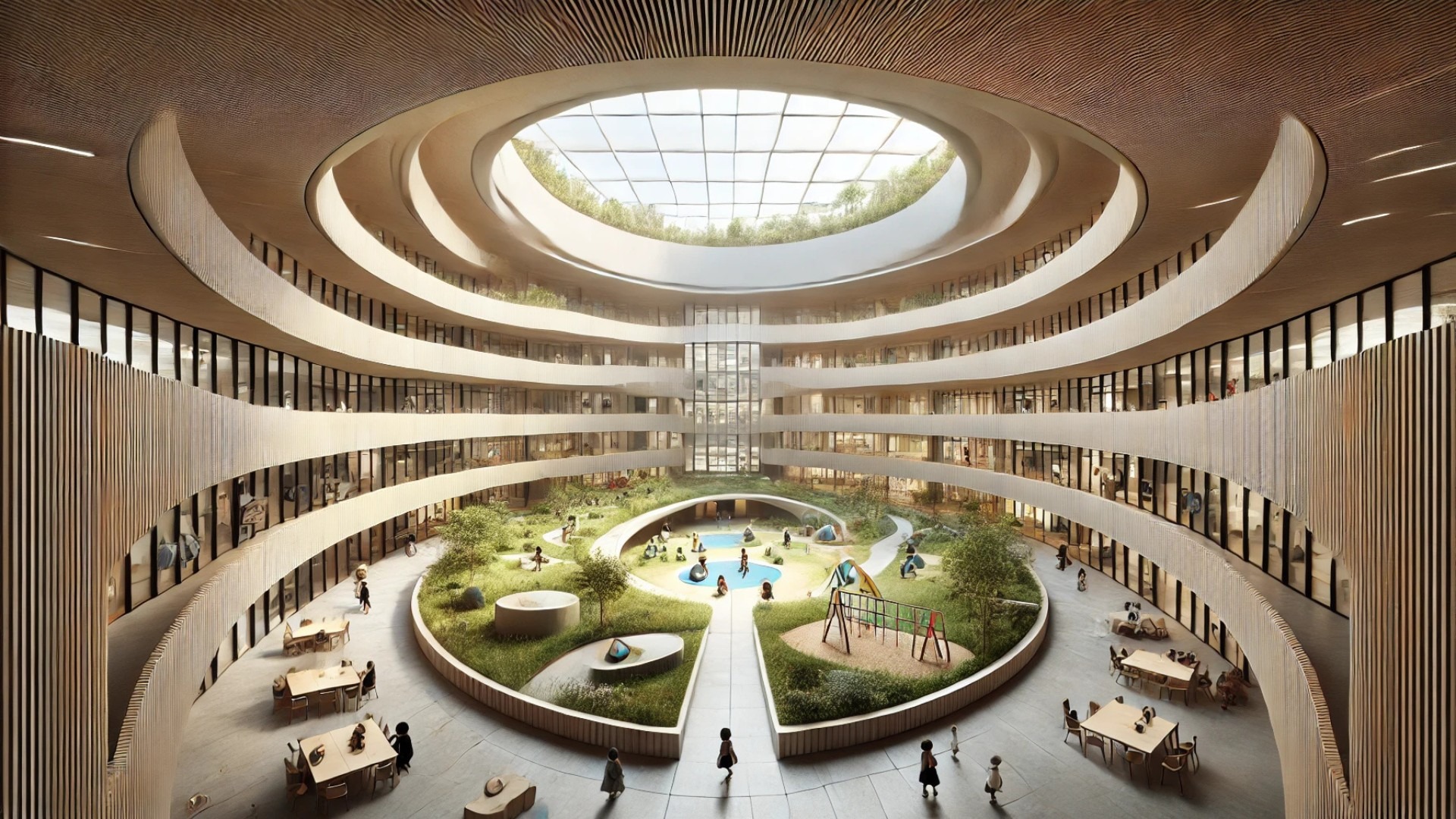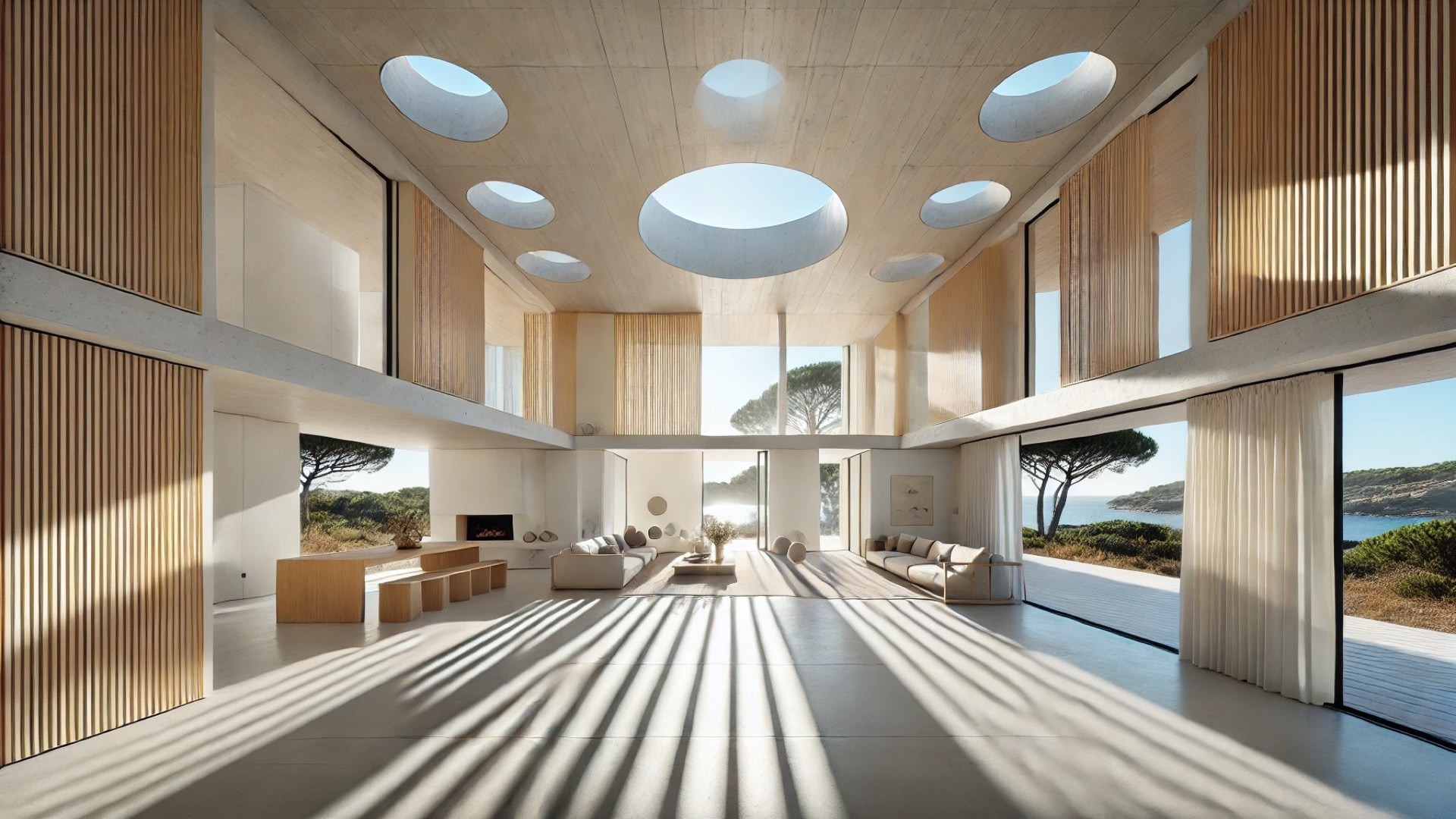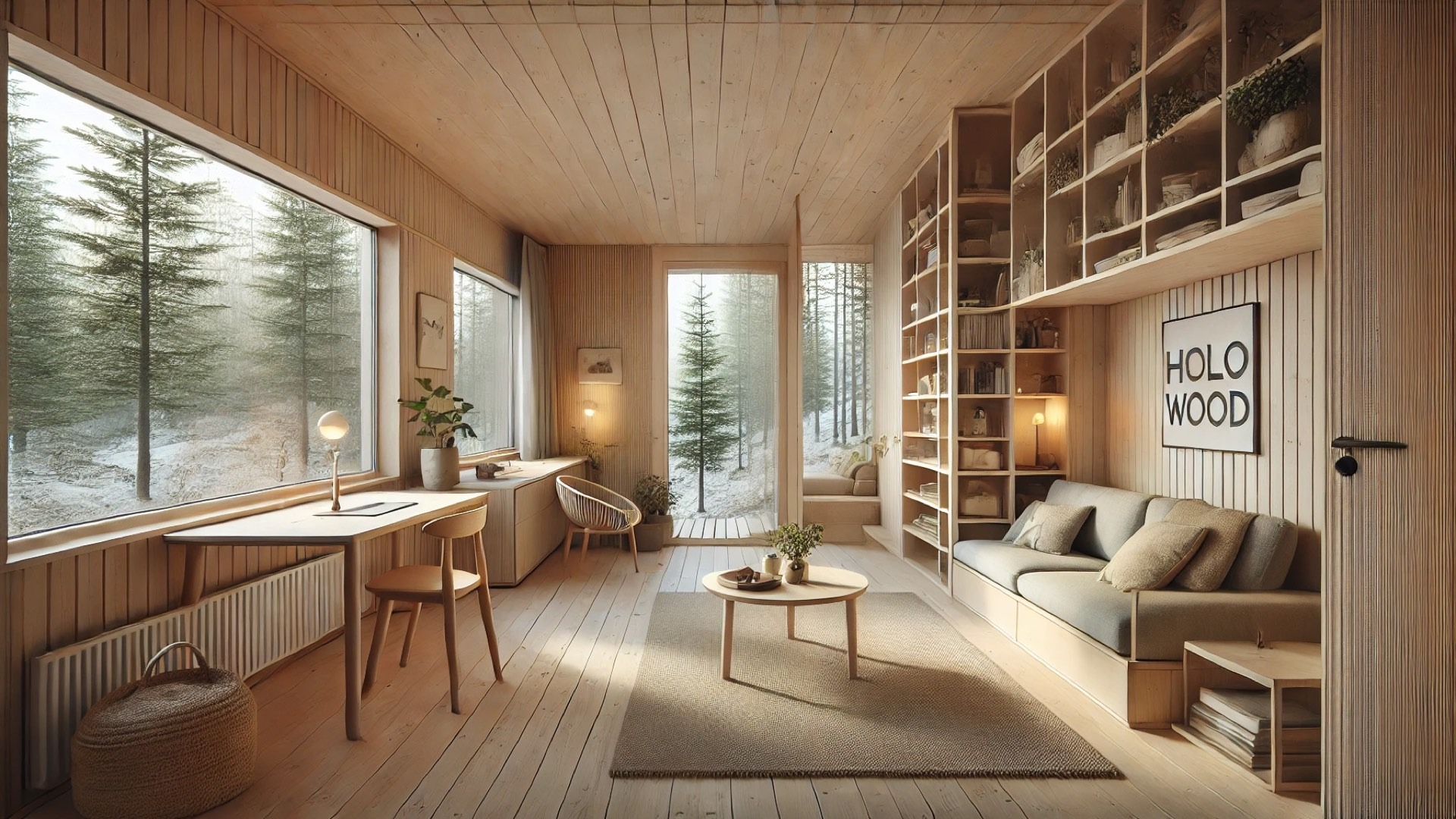
Understanding Elliptical Educational Designs
Creating an optimal learning environment involves a careful blend of safety, aesthetics, and functionality. Among various architectural styles, the elliptical school design stands out for its unique approach. By forming a circular or ring-like structure, these designs create a sense of protectiveness, fostering a secure atmosphere for students. An essential feature of these educational settings is the central courtyard, which not only serves as a functional space but also enhances social interaction, weaving together different activities in a seamless manner.
Maximizing Play and Supervision
One remarkable advantage of elliptical educational projects is their ability to facilitate active play while ensuring supervision. The continuous path encircling these spaces functions as both a recreational track and a visual guide for adults overseeing the youngsters. This encourages children to explore while maintaining safety. The clear sightlines inherent in the design mean that adults can keep an eye on students, which is crucial for any educational setting.
The Amphitheater Effect: Community Integration
Moreover, these designs find affinity with rural settings, promoting adaptability and multifaceted use of communal spaces. The circular form often transforms into an amphitheater-like structure, where community gatherings can flourish. Town members can come together, share knowledge, and celebrate events, creating a bond that extends beyond the school walls and into the surrounding area. The multifunctionality of these spaces transforms educational architecture into community hubs, proving that design can nurture both education and social interaction.
A Global Perspective on Innovative Spaces
Across the globe, the adoption of elliptical plans in educational architecture is on the rise, as evidenced by notable projects in various countries. From eco-friendly buildings in Scandinavian countries to vibrant schools in Asia, architects are embracing circular designs to meet modern educational needs. An important lesson here is the versatility of architecture to adapt to diverse cultural contexts while addressing similar needs for safety, play, and community engagement.
Designing for the Future: Enhancing Learning Environments
As we reflect on the potential of elliptical school designs, it is crucial to recognize their role in fostering an engaging learning atmosphere. More than mere aesthetic appeal, these projects symbolize the future of educational environments—spaces that are not just built for learning but designed to inspire. Moving forward, integrating such designs can lead to schools that encourage creativity, interaction, and connectivity among students, educators, and the wider community.
In conclusion, understanding the value of elliptical designs in educational architecture underscores their potential to create nurturing and interactive environments. By fostering safety, encouraging play, and integrating community, these spaces lead us toward a future where education transcends the classroom, becoming a vibrant part of our everyday lives.
 Add Row
Add Row  Add
Add 




Write A Comment